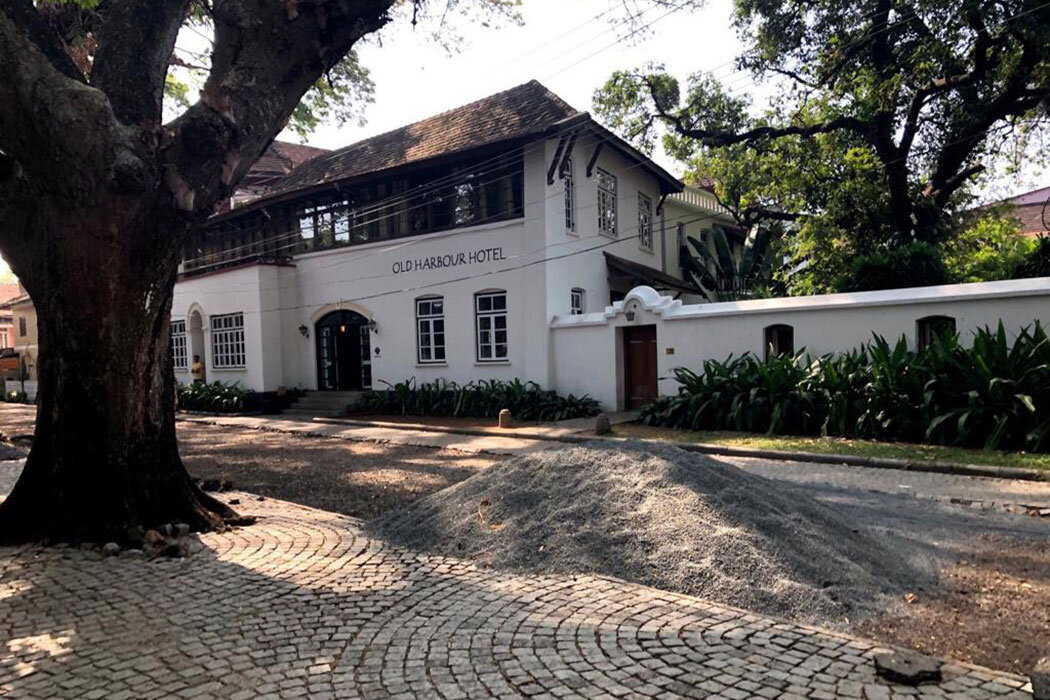
My Heritage
Chasing my roots to Jamnagar.
I was always interested in researching my heritage especially having so many different nationalities in my immediate family!
In my book “Life Actually” by Nargis Gercke-Bhatia, I dedicate the first chapter to “Father’s Odyssey” where I describe the village where my father was born. But then it was not enough to write about it, I had to go and see the village and feel the surroundings where he came from and how his ancestors survived living there.
I could not wait to take this journey which materialized in November 2018. My group tour to Rajasthan I had escorted in November 2018 left from Delhi to go back home and my sister Zarina and a good friend, Clare Godon, a well traveled lady from Montreal, decided to fly to Mumbai with me, and venture out to find the village called ‘Khakharda’ near the city of Jamnagar, an hour flight from Mumbai.
According to research, it is said my forefathers came from the desert of Katch to Khakharda, a small village in Kathiawar, some 300 years ago. We know the names of the forefathers but no data as such is available except that the family continued to live there until they moved to Jam Khambhalia. Khakharda had a population of approximately 500 since the very beginning.
From Jam Khambhalia, my father took a leap of faith and left the village on his long voyage to East Africa in search of a better life for his family. My book ‘Life Actually’ explains the adventurous journey and the hardships of moving to a new country. He managed successfully and brought the rest of his family to join him once he had settled down and the three sons settled in Tanganyika (now Tanzania) as one of the greatest business family in East Africa in those days!
Where did we get the name ‘Bhatia’ from? From the older members of the family I interviewed, I found out that my grandfather had a textile business in Jam Khambalia, which is a town in the Jamnagar district in Gujarat, and he exported machinery, fabrics and fibres. Trade and commerce took him to distant lands and exposed him to different social atmospheres.
As the business grew in Jam Khambalia, grandfather had a lot of problems transporting the textile goods they produced to other towns nearby. He is believed to have approached Jam Sahib (ruler or king) in Jamnagar, and suggested that a railway station be built in which he would personally offer support and labour. This was well received by the ruler and a railway station was constructed in the village of Bhatiya, near Jamnagar. Since grandfather was well respected by the ruler and the people there, he automatically inherited the title ‘Bhatiya’ which has continued to this day as a family name, except the spelling has changed to ‘Bhatia’. His acquired name has been handed down to many generations, and today, the Bhatia family is a very large Ismaili family which is spread around the world!
With this knowledge of my heritage that I had, we arrived in Jamnagar (historically known as Nawanagar, meaning New Town) after a very comfortable one hour flight. The airport is owned by the Indian Air Force and as we walked off the aircraft to the terminal, I was caught by security personnel taking a photo of the building. I had not seen the sign forbidding cameras and I got away with convincing the guard that I had not yet taken a photo. Relief!
Our guide for the next two days was at the airport to welcome us and he drove us to the best hotel in town, the Fortune Palace, where we settled in before our afternoon tour of the city.
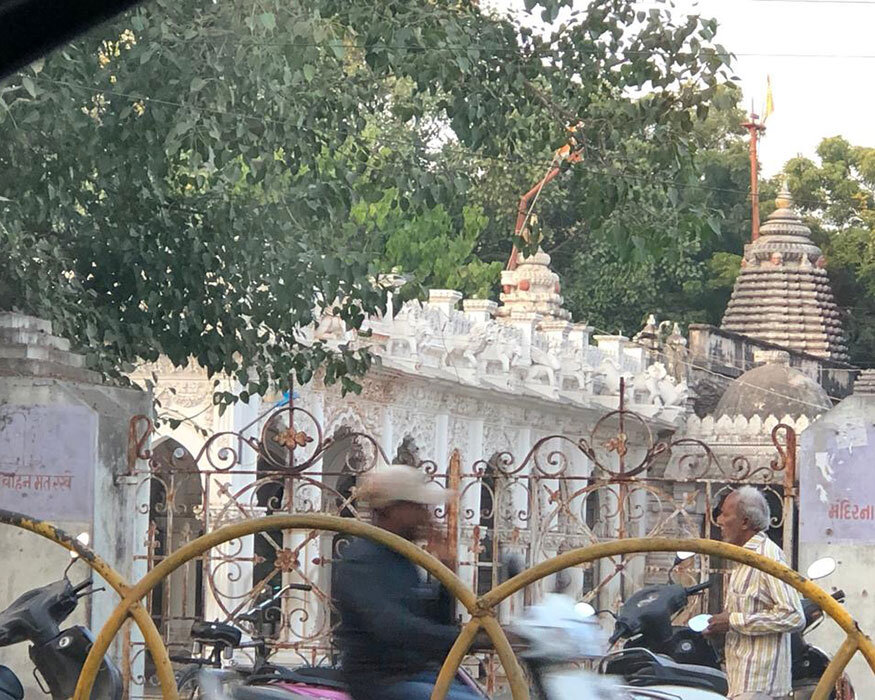
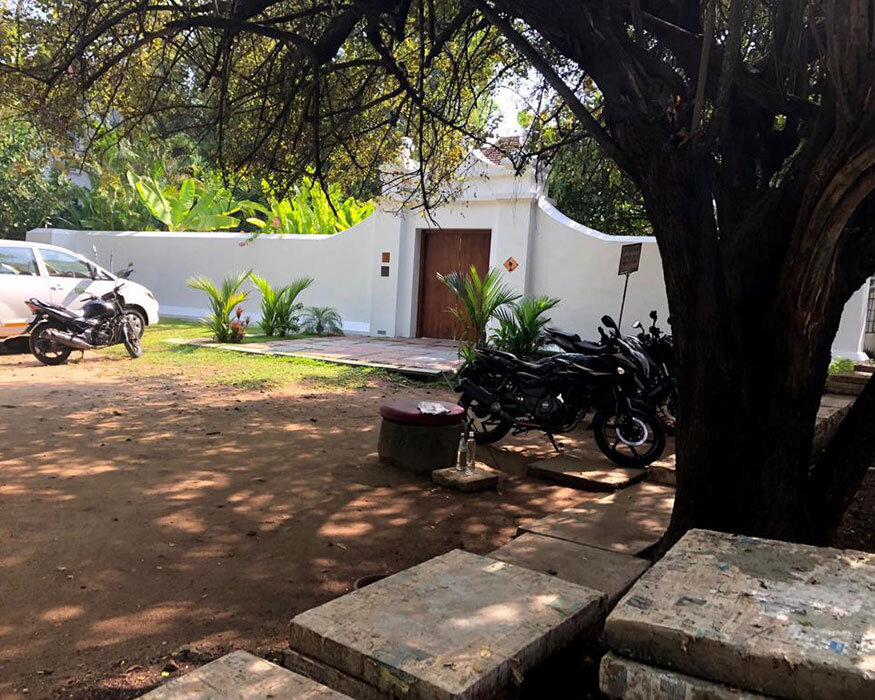
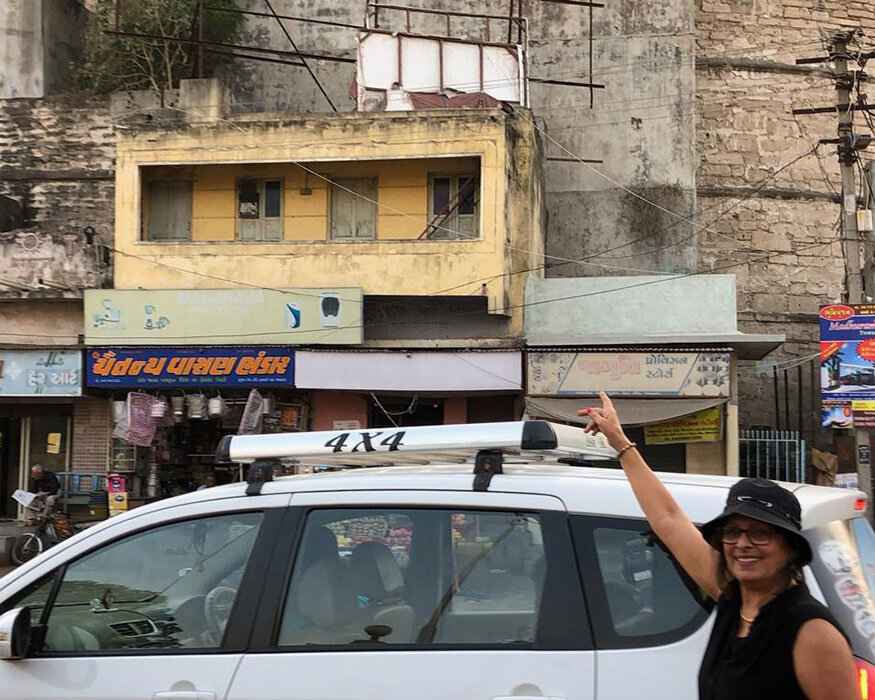
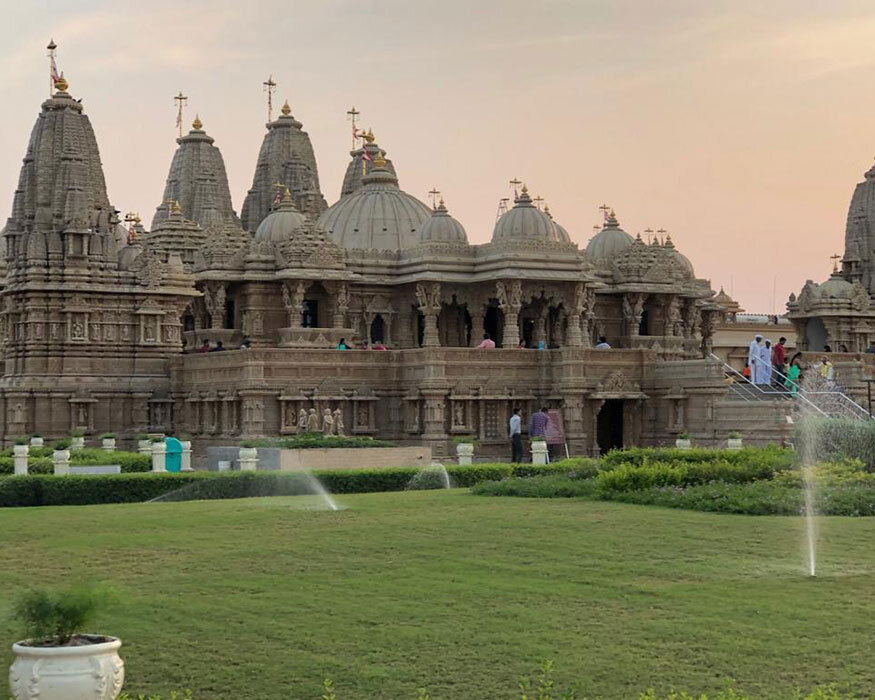
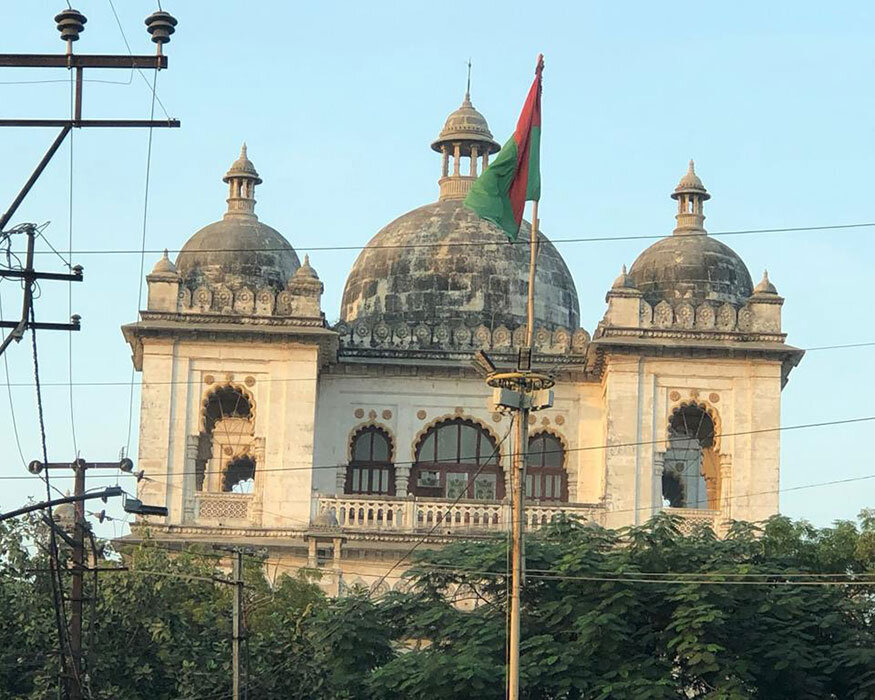

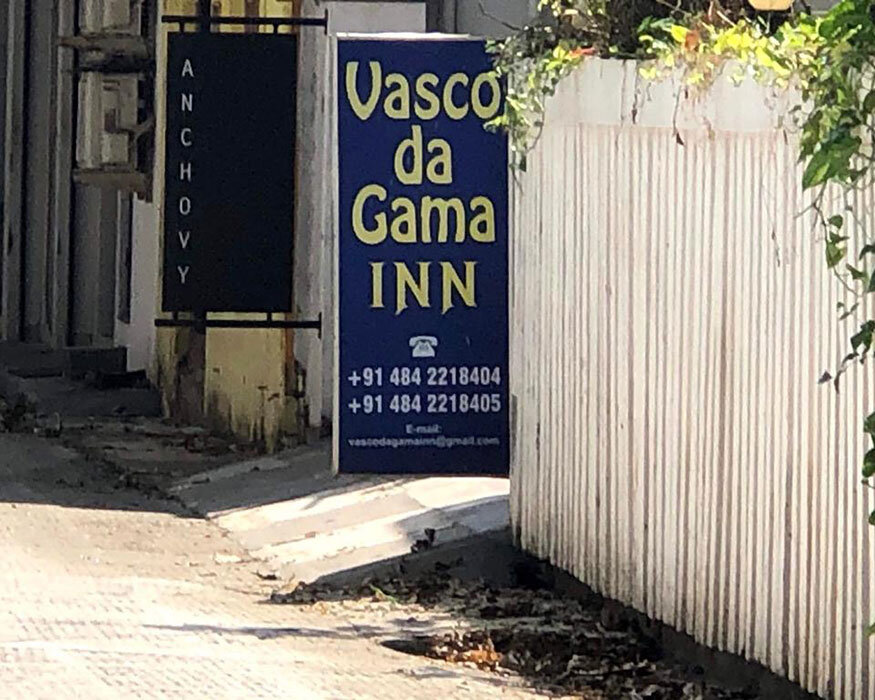
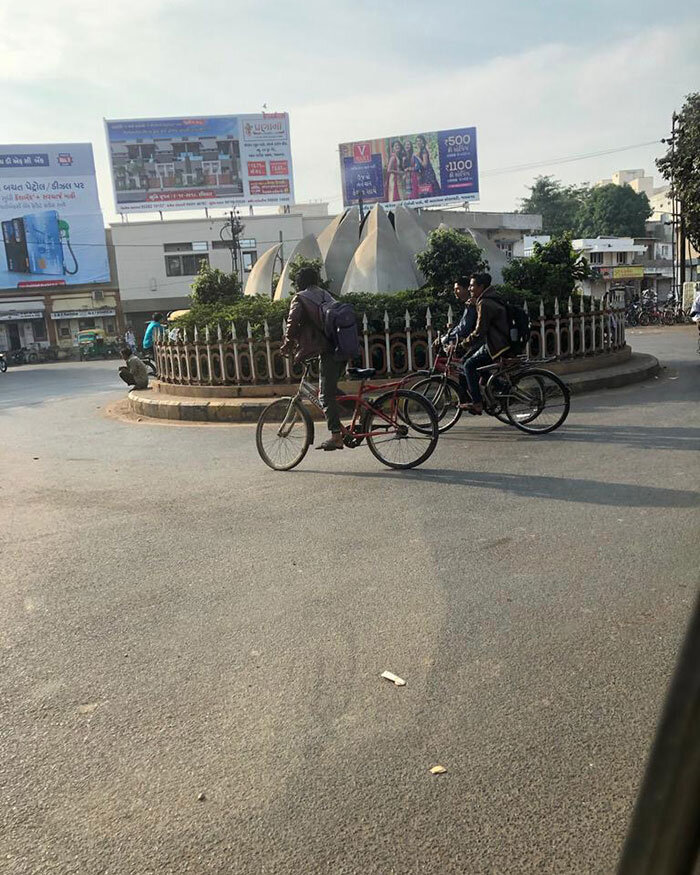
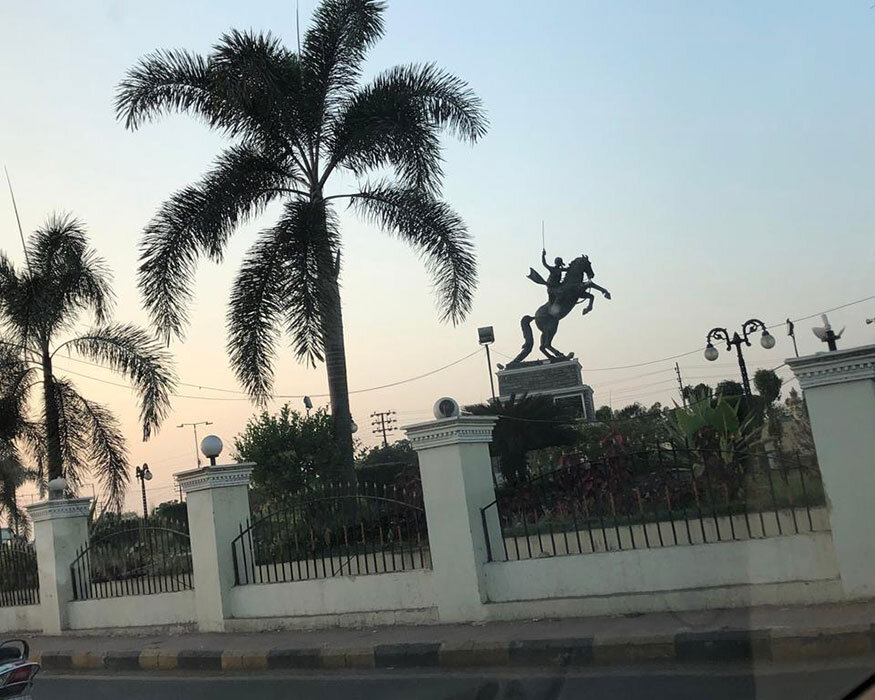
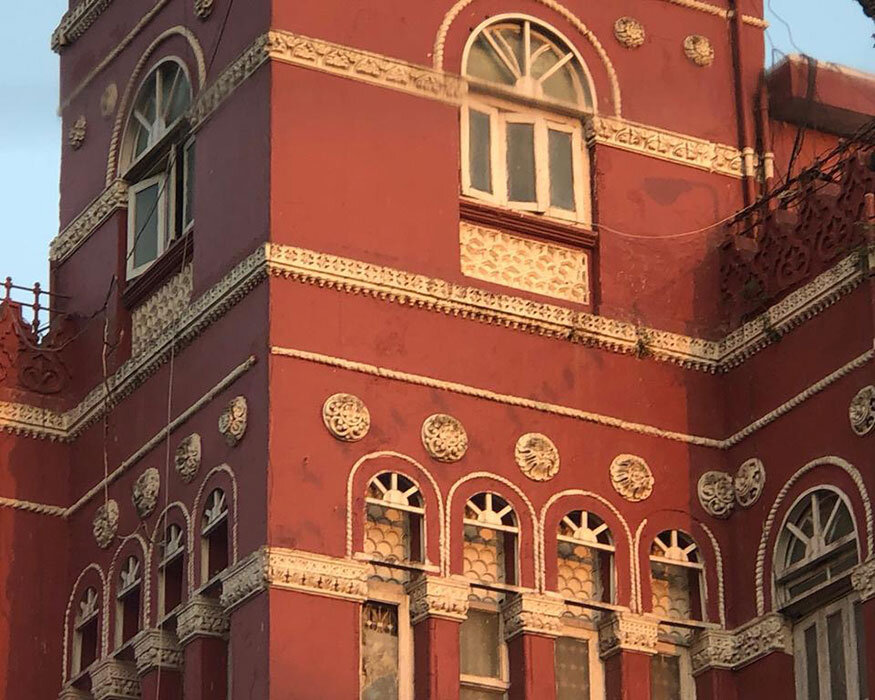
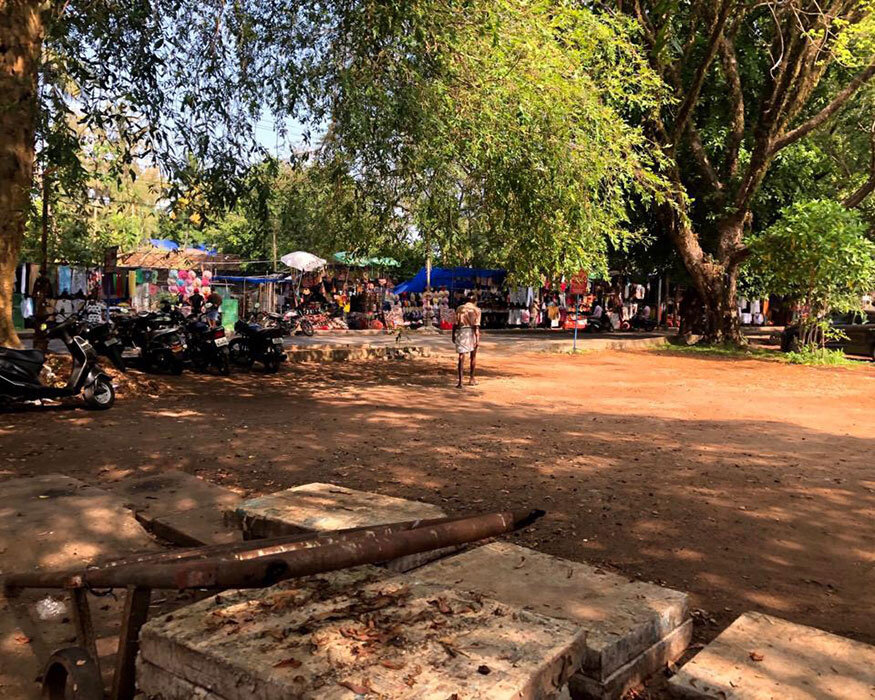
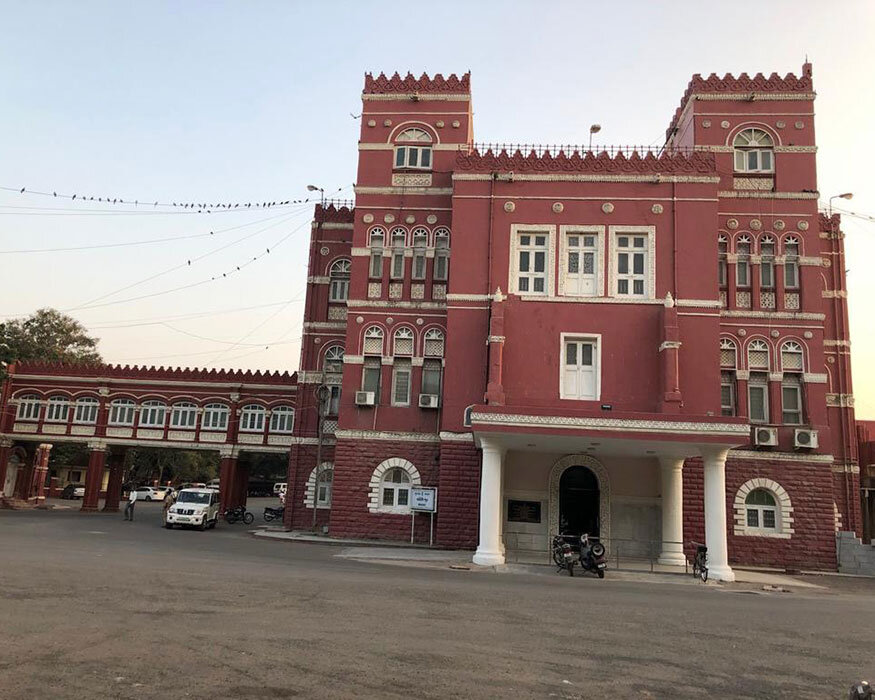
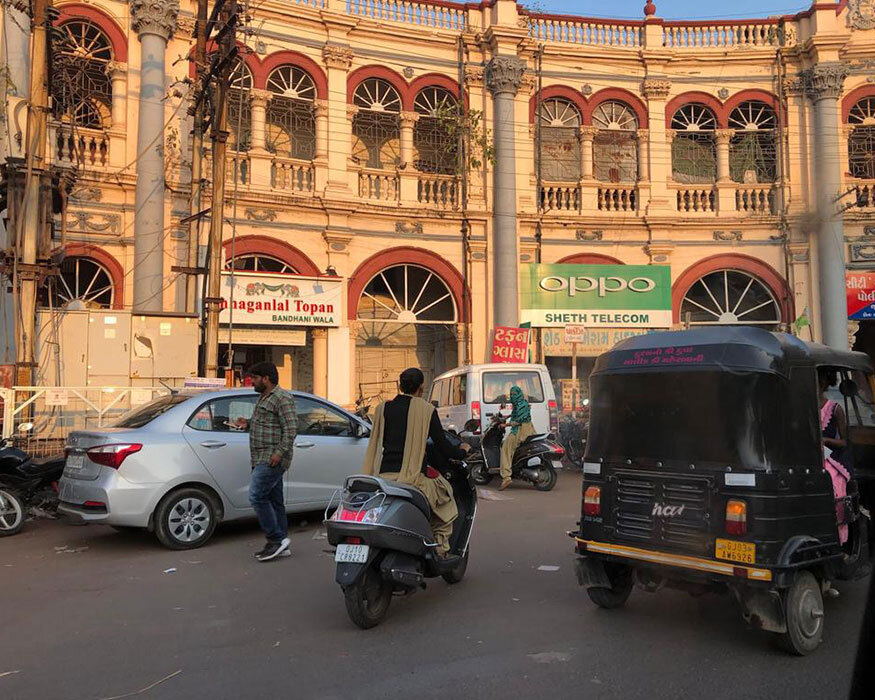
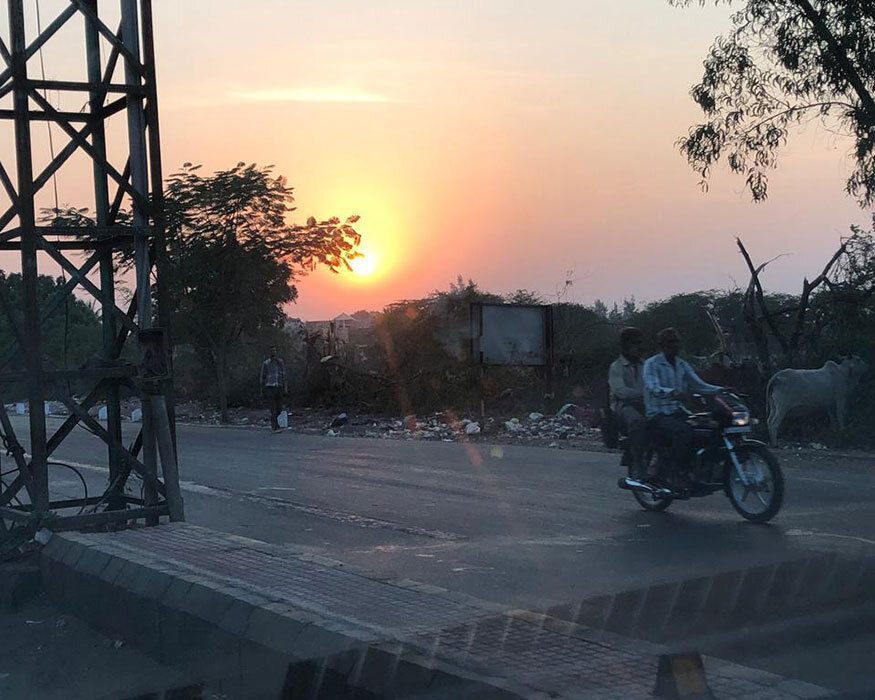
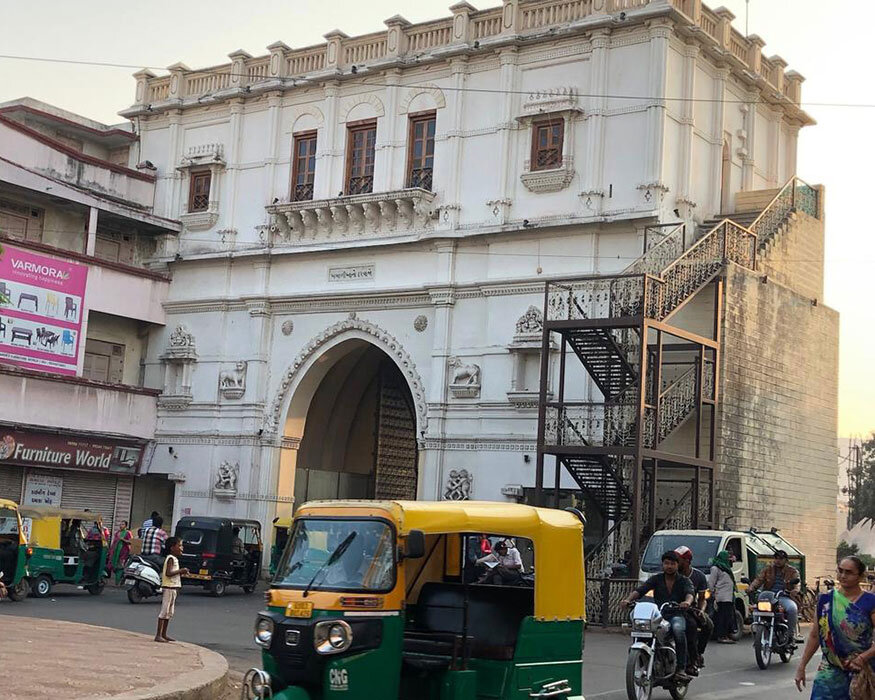
We drove through the city of Jamnagar and I felt a sense of ‘home’ as I looked out of the window. Having lived in different countries in my lifetime, there are many places that give me that sentiment, but Jamnagar has a special place in my heart as I visualize my father’s life in his early years and my grandfather’s active role in the business world. Jamnagar has exquisite examples of Rajput architecture and is a prominent pearl fishing center. I am so grateful for having the opportunity to visit this lesser known gem of Gujarat where my ancestors settled.
The ride to the village of Khakharda was long but we stopped a few times on the way to break the journey. If one gets stuck with a donkey driven cart in traffic, it can take a while before you can pass it.
I finally saw a sign for Khakharda and was relieved to get out of the car and walk through the village. There was a buzz that the ‘Bhatiya’ family was visiting and the warmth and the joy that the locals showed us was heartwarming!

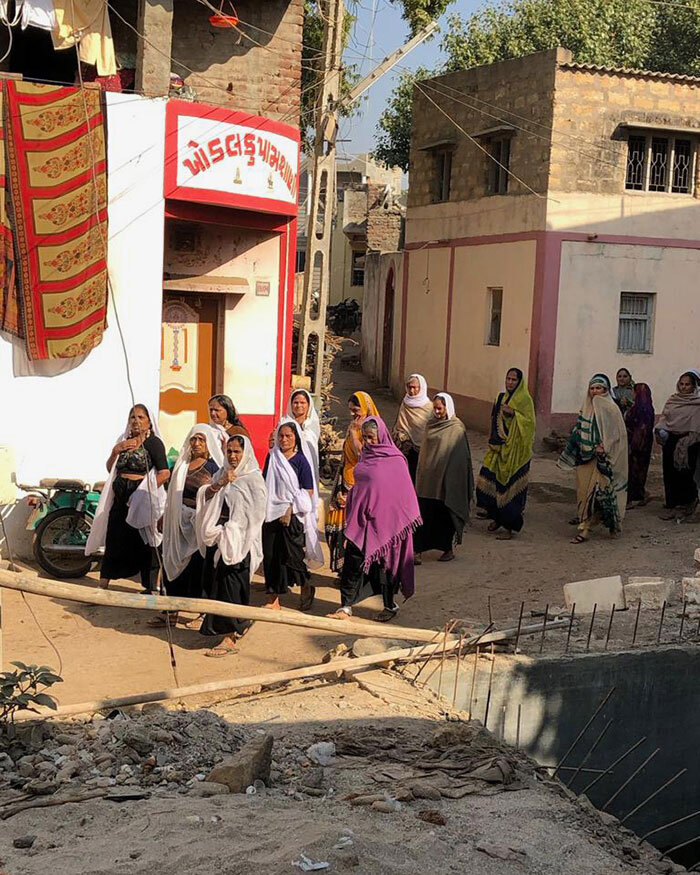
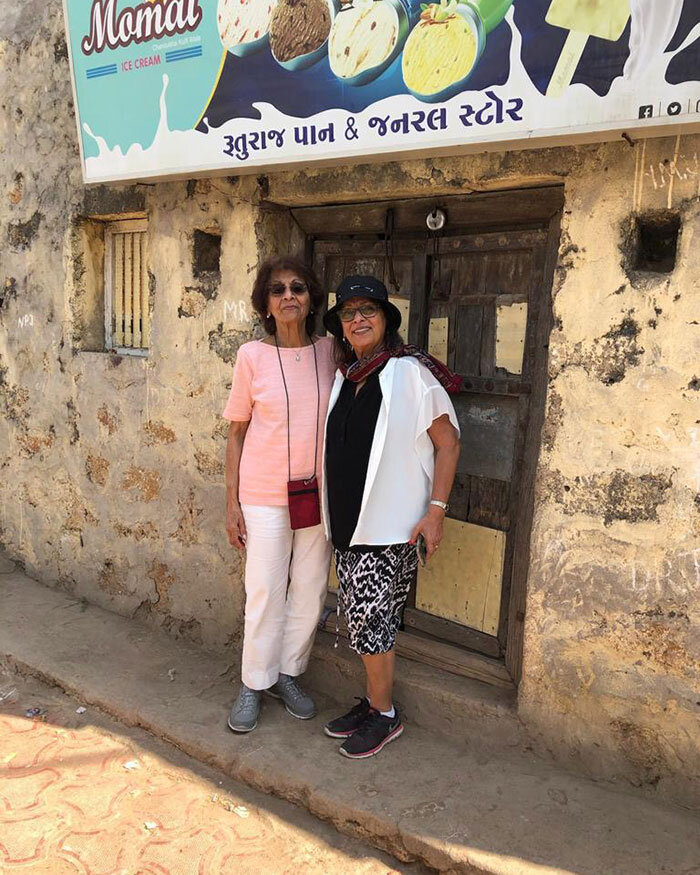
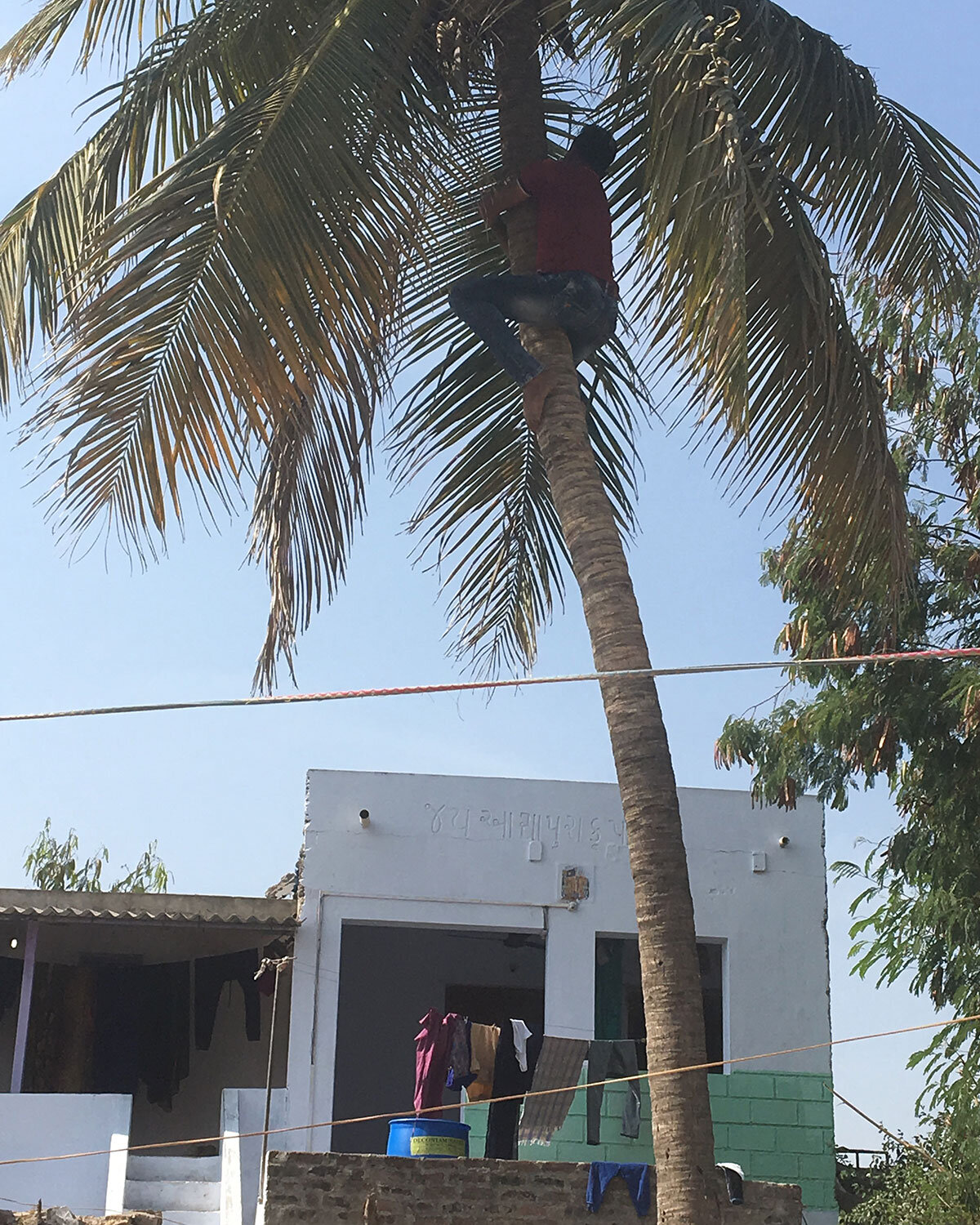
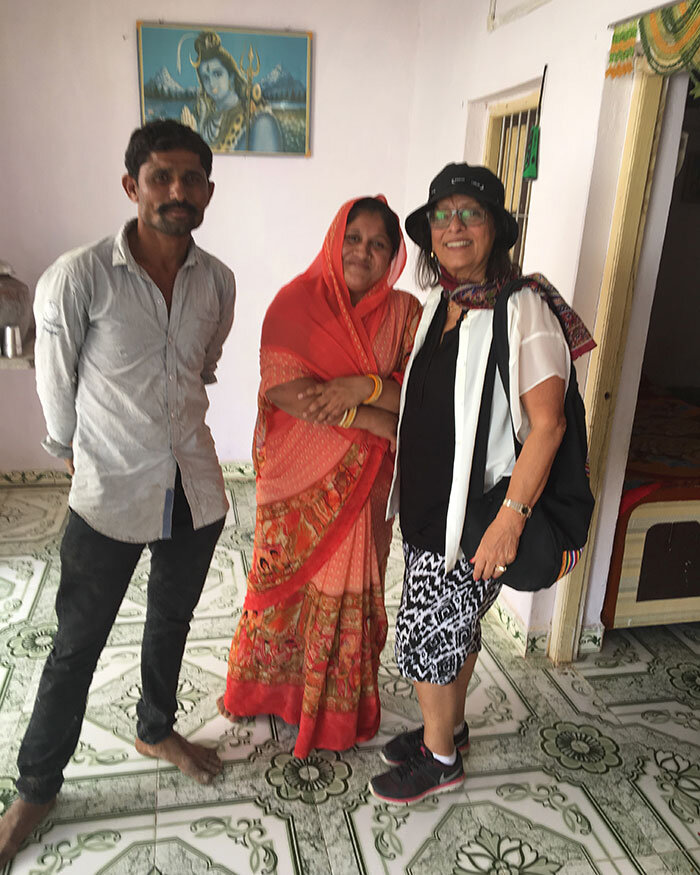
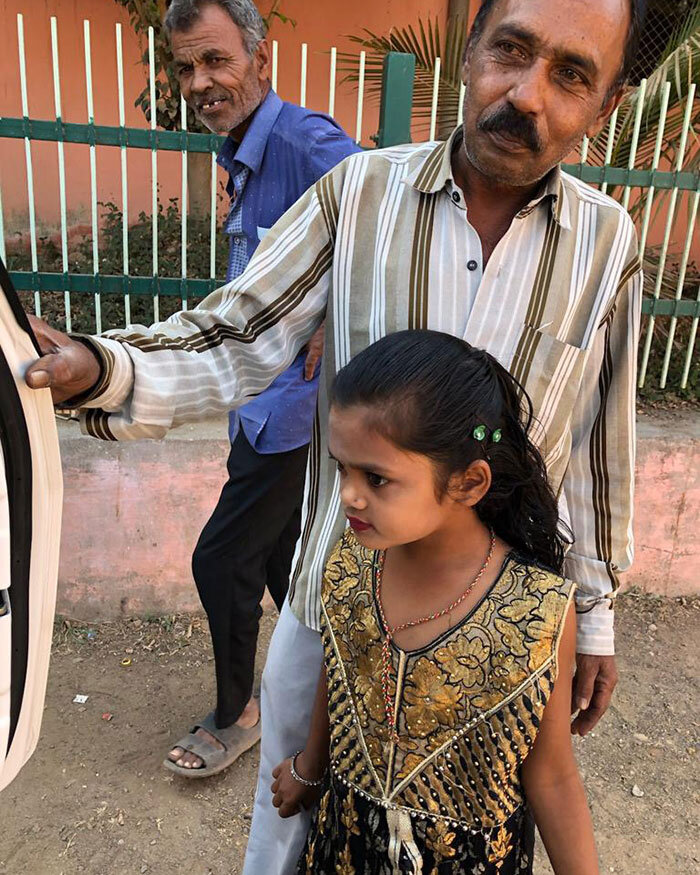
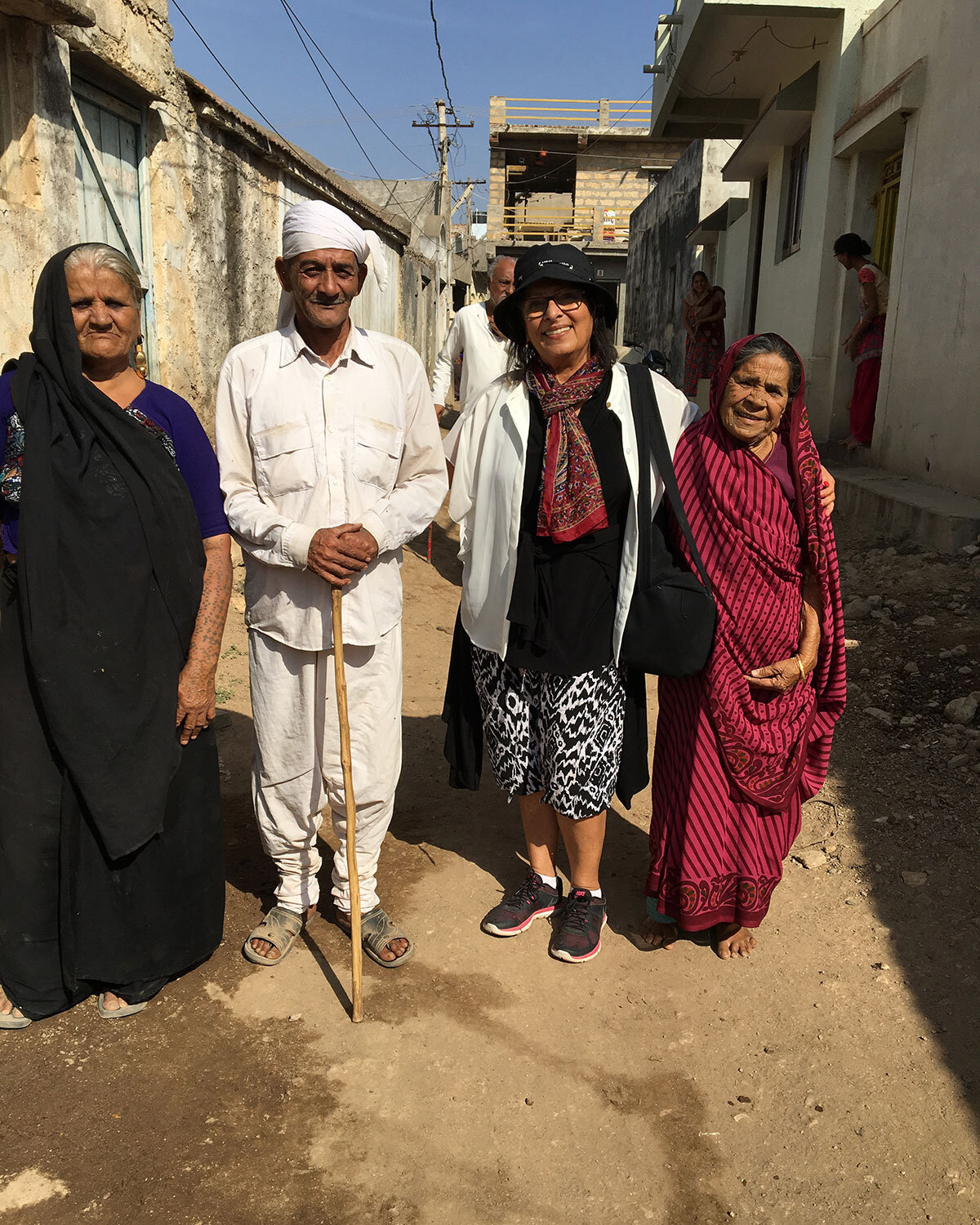
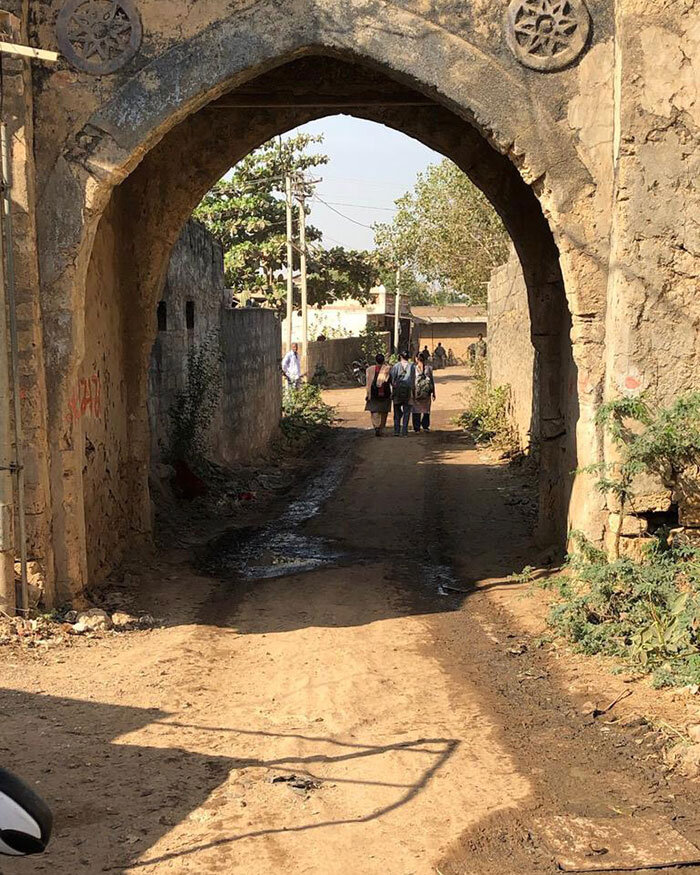
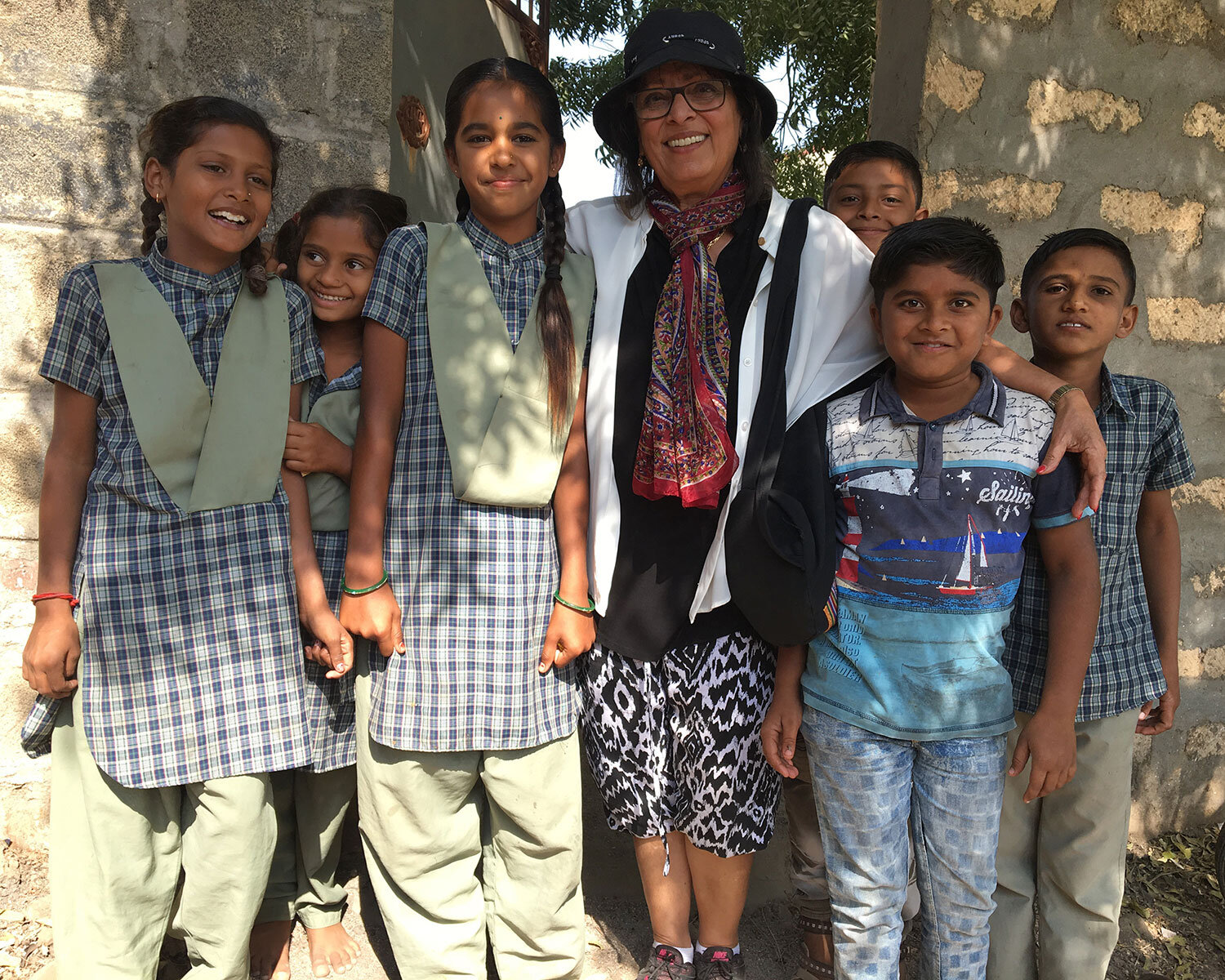
My grandfather had a vision for the future, one of them being a new shop that he wanted to build in Khakharda. Sadly, it never materialized as the family moved to Jam Khambhalia and then to East Africa! Some of the building materials are still piled up at the site after all these years!
The whole visit was a blend of anxiety and excitement and never once did I loose sight of the fact that it was my father who was the pioneer and it is due to his hard work and labour that I am a proud daughter! Stopping at the railway station was the highlight of my visit where the name ‘Bhatiya’ was spread across the entrance! The sign erupted a sense of ‘roots’ of my ancestors that was quite emotional. Soon the trip would come to an end as we were to return to Jamnagar for dinner. On our way back, we passed the location of the family home in Jam Khambhalia, but sadly this house was believed to have been destroyed during the earthquake.
Interesting site to visit!
Maharaja Jam Sahib of Nawanagar: Great Indian by Heart
The Balachadi Estate was formerly a seaside summer resort that belonged to the rulers of Nawanagar. The estate comprises 426 acres of land. There was a campsite for Polish refugee children of World War II, built by K. S. Digvijaysinhji, Jam Saheb Maharaja of Nawanagar in 1942, near his summer resort.
War-torn Poland had a childhood “Little Poland in India” based on the testimonies of many of the the Balachadi children who talked of the magnanimity of the Maharajah, the King of a small state stories of the "Good Maharajah"!




